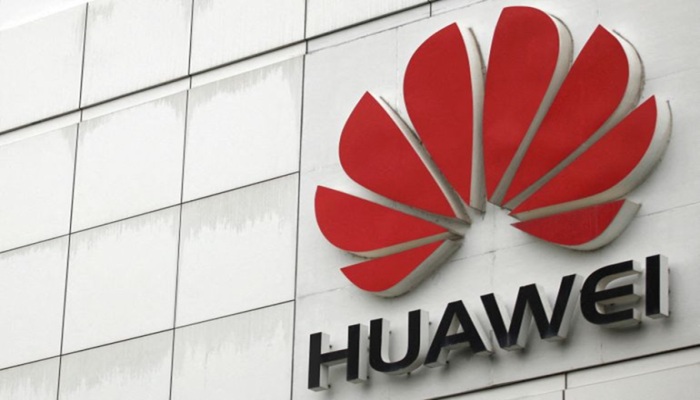
Afrasianet - American writer Thomas Friedman says he saw the future before him during a visit to what he describes as the land of tomorrow in Shanghai, China, which does not resemble the "fake" American-style land of tomorrow built by the Walt Disney Company in the same city.
In his article, Friedman reflects on China's changing technology landscape and growing influence, particularly through companies like Huawei, and compares his visit to Huawei's impressive research park in Shanghai with the decline of U.S. technological leadership, asserting that China's focus on artificial intelligence, innovation, and manufacturing outweighs the United States.
He goes on to say that he has never seen anything like the R&D center that Huawei Technologies completed in more than 3 years on an area of 1.6 million square meters and consists of 104 buildings, each of which is designed in a different way interspersed with carefully manicured green lawns, and is connected by a single-track electric train, and also includes laboratories that accommodate about 35,000 scientists, engineers and workers, in addition to 100 cafes, fitness centers and other facilities designed to attract the best Chinese technicians. and foreigners.
Friedman wrote in his weekly column for the New York Times that the new center comes in response to Huawei attempts by the United States, starting in 2019, to strangle it to death through restrictions on the export of American technology, including semiconductors, under the pretext of protecting national security.
The ban has taken a heavy toll on Huawei. But, with the help of the Chinese government, the company has sought to devise its way around it, making significant advances, such as the production of advanced semiconductors and artificial intelligence technologies, showing China's growing self-reliance and even technological superiority over America.
The writer – quoting the South Korean newspaper "Mail Business" last year – that Huawei surprised the world by introducing the series "Mate 60" (Mate 60), a smartphone equipped with advanced semiconductors despite US sanctions, and followed that with the first triple folded smartphone in the world, and also revealed its mobile phone operating system "Hong Meng" (meaning harmony) to compete with Apple and Google.
In addition, Huawei has entered into AI technology innovation for everything from electric and self-driving cars, to self-driving mining equipment that can replace human miners.
Friedman quoted Huawei officials as saying that in 2024 alone, their company installed 100,000 fast chargers across China for its electric cars, and in contrast, the US Congress in 2021 allocated $ 7.5 billion for a network of charging stations, but as of last November, this network had only 214 chargers operating in 12 states.
As China moves forward with making its factories use artificial intelligence so that it can outperform all U.S. industries, U.S. President Donald Trump is focusing on the teams he could allow transgender American athletes to join.
Trump's so-called "Liberation Day" strategy is to double import tariffs and eliminate national scientific institutions and workforces that stimulate innovation, while China's liberalization strategy is to open up more research universities and double AI-based innovation to permanently break free of Trump's tariffs.
China's message to the United States is "We are not afraid of you. You are not what you think you are, and we are not what you think."
Friedman appeared to raise the white flag in the U.S.-China rivalry, acknowledging that the two have weaknesses and strengths, that both countries need to move beyond trade wars and instead seek a more cooperative approach, leveraging Chinese capital and technology to rebuild U.S. manufacturing.
The future of global trade and innovation lies in the healthy interdependence between the United States and China, where both can thrive together or risk disintegration as a result of clinging to unhealthy competitive dynamics.
Source: New York Times

